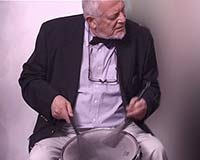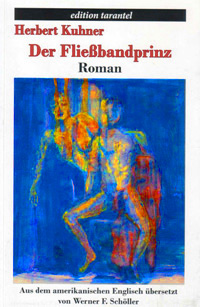The Bogart Butt
When I was a kid, I saw Bogart as a private eye, reporter, sea captain or gangster on the lam. He had something that the other tough guys, Edward G., Cagney and Ladd didn’t have – the Bogart butt. The cigarette was indispensable. The other toughies also smoked, but their smoking was incidental and not part of their savoir-faire. Bogey’s butt was as much a part of him as the fedora and the trench coat. No one smoked the way he did. When he inhaled, his eyes slit and the oval wrinkles on his forehead furled, you knew that something was up, and something like a fist fight, shoot-out or sea battle would ensue. He seduced most of us into smoking. We wanted to look like him and be as tough as he was. Drawing the smoke in the way he did was the first step. The men were soon separated from the boys. I was among the boys. No matter how I slit my eyes and furled, when I drew in the smoke, the only thing that happened was that I gagged and retched. I guess I just wasn’t cut out to be a tough guy.
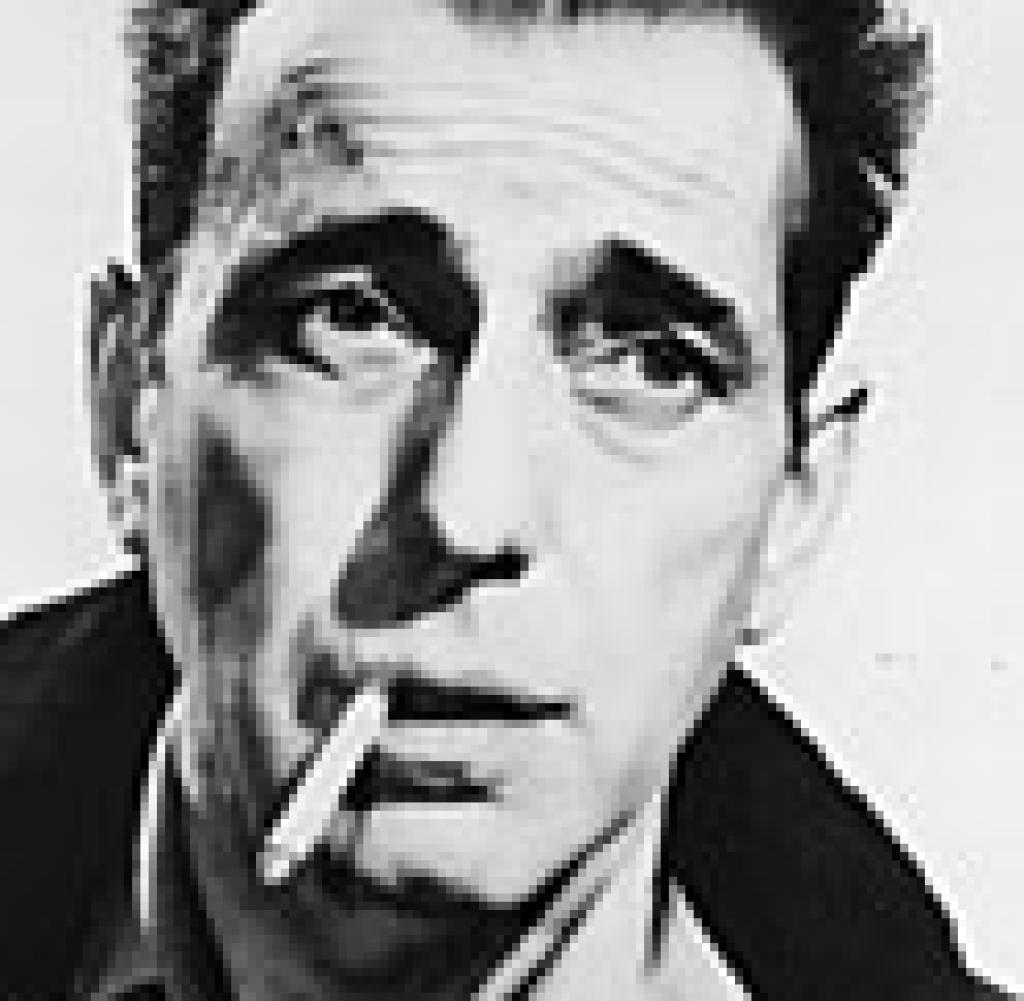
Bogart
As a non-tough-guy and a non-smoker, I still enjoyed watching Bogey’’s celluloid smoking, but then he didn’t blow smoke into my face and I couldn’t smell his cigarettes.
In 1955, when turned twenty, I was first disillusioned about Bogey. He and Spencer Tracy, who were friends, were scheduled to do The Desperate Hours for MGM, but Tracy opted out since neither of them would accept second billing. The film was made with Bogart as star supported by Fredric March.
In 1957 at the age of 57 Bogart died of throat cancer. He was skin and bones, weighing 96 lbs.
The Tough Guy and the Priest
Tough Guys were always half pints. Bogey, Cagney and Edward G. were on the short side. Alan Ladd had to stand on a soapbox while sparring with hoods and while kissing his leading ladies.
The quintessential tough guy was of course Jimmie C. He was the fresh-faced kid, the smart aleck, the wiseacre the young upstart, the guy with a chip on his shoulder, the slum kid who went wrong. The Cagney qualities came to the fore best when his foil was Father Pat. When Cagney played opposite O’Brien, you knew that Jimmie would have the best lines, but that in the end conversion was in the cards.
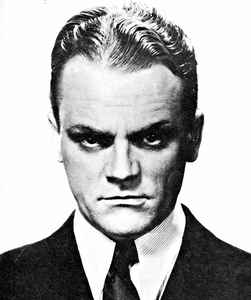
James Cagney
In Angels with Dirty Faces, directed by Michael Curtiz in ‘38, Jimmie and Pat are boyhood pals. Pat gives up stealing apples for the priesthood, but Jimmie takes the crooked path, which means dough and dames. Jimmie has a ball as a hood until he shoots another gangland member, who just happens to be his turncoat pal, Bogey. Unfortunately, for Jimmie, the fuzz is on to him and he finds himself in the dock, and then he’s sent up the river on a murder rap. Jimmie’s fans in the film are the Dead End Kids, who came on the scene in Dead End and then turned up in a lot of gangster films, until they had their own B-film series and became the Bowery Boys. Anyway, back to Angels! Father Pat gives his good old Irish religious spiel to Jimmie, whose taking his sequester on death row in his hard-boiled way. Father Pat tells his erstwhile boyhood pal, to soften up, so that he doesn’t continue to be the wrong kind of role model for his Dead-End fans, lest they follow his example and end up where he now is. Of course our swaggering Jimmie tells Pat to shove it and to shove off. But when it comes to walking that last mile, he obliges his old friend by whimpering on his way to the chair. Fade out with a glowing Father Pat. If you think this is corny, you’re right, but Mike Curtiz was an expert in packaging corn, but like his other packages of corn, it’s got momentum all the way.
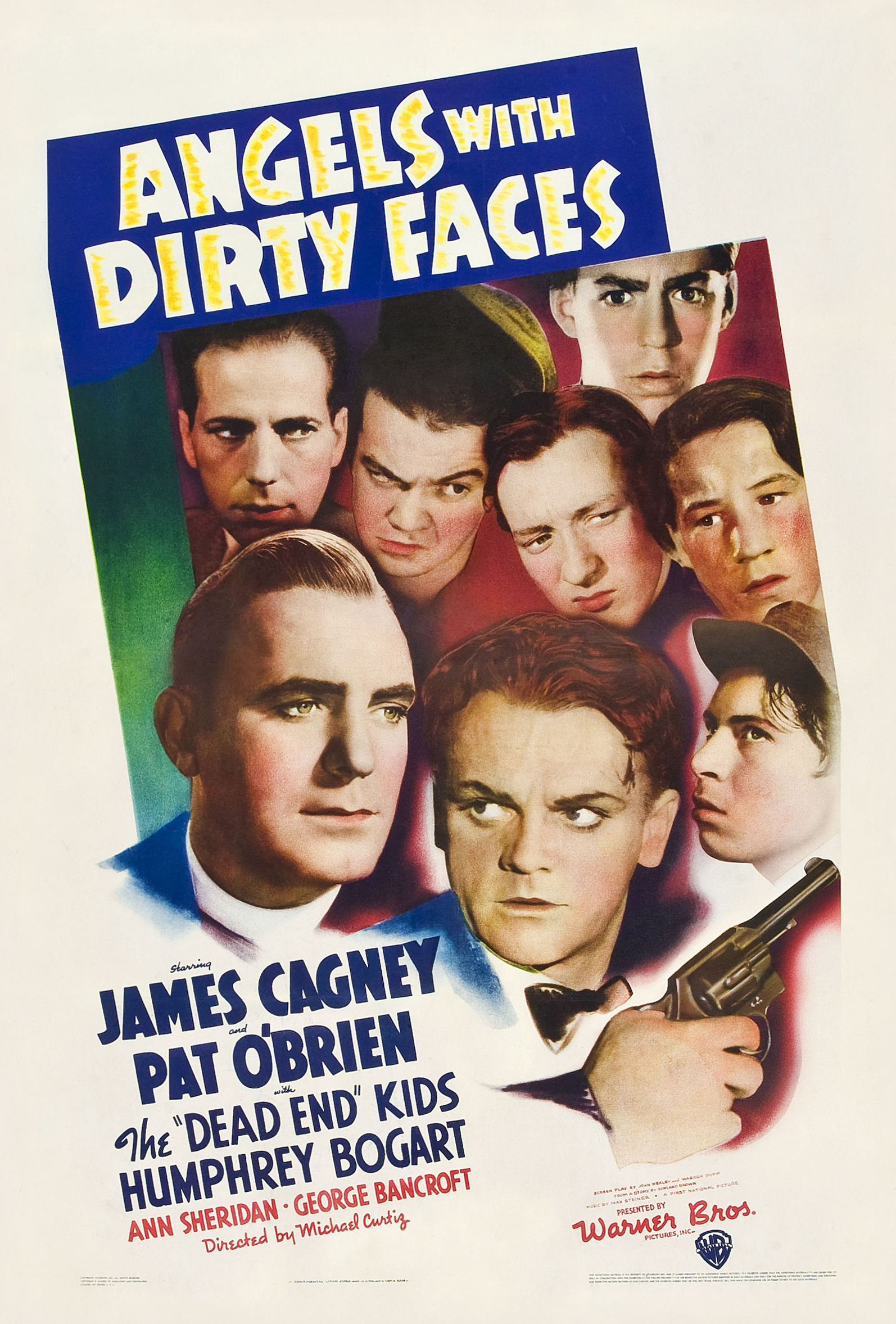
Angels with Dirty Faces (1938)
Ditto for William Keighly for The Fightng 69th in 1940. In this one cocky Cagney is a cynic as far as religion is concerned. But when it comes down to brass tacks on the battlefield in the Great War, he caves in and cowers in a foxhole, instead of going gung-ho for the enemy. After a pep talk and a religious workout by the chaplain, good old father Pat of the square dimpled chin, Jimmie sees the light and accepts Christ. The lines of the born-again Jimmie aren’t nearly as good as when he was putting “all that Holy Joe stuff” down, however he becomes a model for the Saturday-matinee youngsters and naturally dies as a hero in action. When I saw the film, I was religious, and I should have approved the change in attitude, but somehow I liked the swaggering Jimmie better that the “Holy Joe” one. The film augured my future. I had a reverse conversion. I dropped the “Holy Joe” stuff and became the celestial cynic I am.
to be continued . . .
– Herbert Kuhner









 Users Today : 27
Users Today : 27 Users Yesterday : 164
Users Yesterday : 164 This Month : 307
This Month : 307 This Year : 30265
This Year : 30265 Total Users : 212070
Total Users : 212070 Views Today : 34
Views Today : 34 Total views : 1937497
Total views : 1937497 Who's Online : 3
Who's Online : 3
